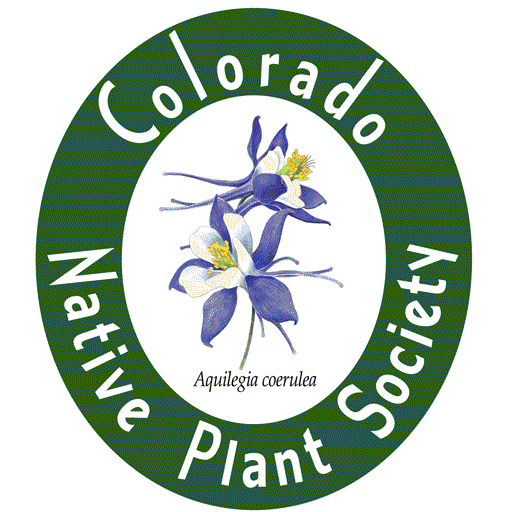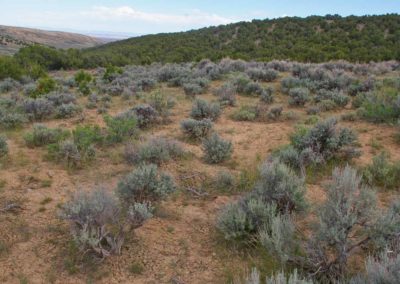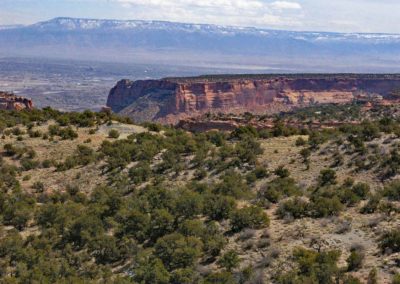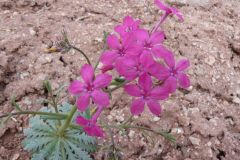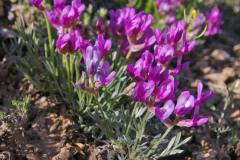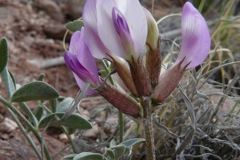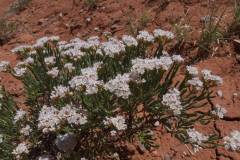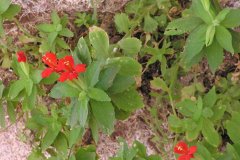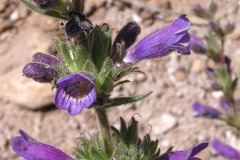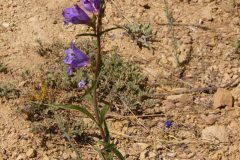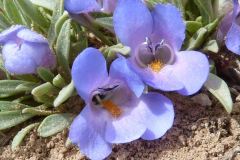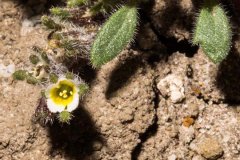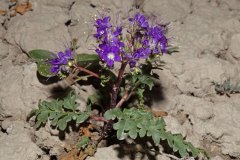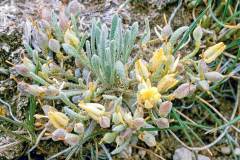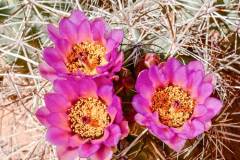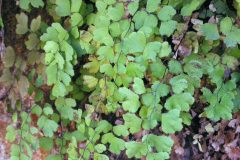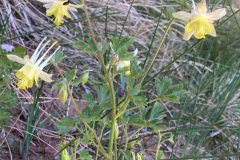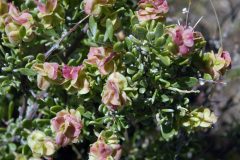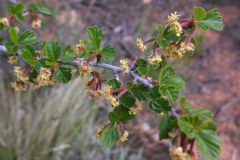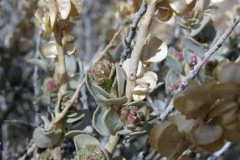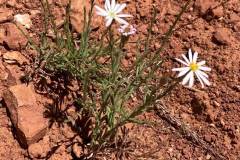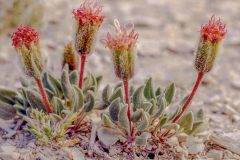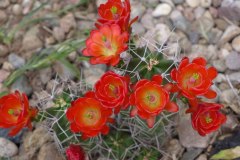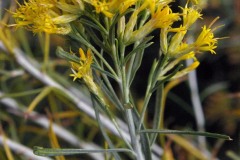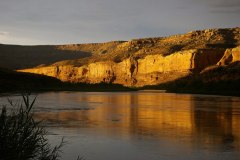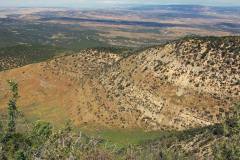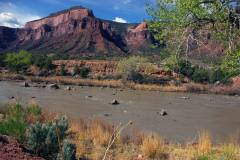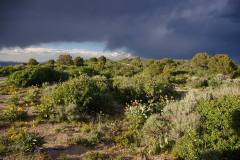Semi-desert Shrublands Life Zone
Located to the west of the Rocky Mountains, the semi-desert scrub vegetation zone ranges in elevation from 4,000 to 6,500 feet. This is the most arid region in the state, though sections of the plains are comparable, receiving, on average, five to 14 inches of precipitation per year. The southwestern part of this zone does sometimes benefit from the heavy summer rains associated with monsoon season.
Soils in this region tend to be highly alkaline.
As in the plains region, the vast majority of vegetation in this zone boast strong drought tolerance. Although, like the foothills, this region is marked by shrub communities, the shrubs in this zone tend to have be able to survive on much lower amounts of precipitation than those in the foothills.
Notably, this zone is marked by deep-rooted Artemesia (sage brush) and Altriplex (Salt bush) communities. Blue grama is also commonly found on the region’s grasslands. Pinyon and Juniper communities tend to predominate in areas of this zone that receive between 12 to 14 inches of precipitation per year.
Located to the west of the Rocky Mountains, the semi-desert scrub vegetation zone ranges in elevation from 4,000 to 6,500 feet. This is the most arid region in the state, though sections of the plains are comparable, receiving, on average, five to 14 inches of precipitation per year. The southwestern part of this zone does sometimes benefit from the heavy summer rains associated with monsoon season.
Soils in this region tend to be highly alkaline.
As in the plains region, the vast majority of vegetation in this zone boast strong drought tolerance. Although, like the foothills, this region is marked by shrub communities, the shrubs in this zone tend to have be able to survive on much lower amounts of precipitation than those in the foothills.
Notably, this zone is marked by deep-rooted Artemesia (sage brush) and Altriplex (Salt bush) communities. Blue grama is also commonly found on the region’s grasslands. Pinyon and Juniper communities tend to predominate in areas of this zone that receive between 12 to 14 inches of precipitation per year.
-John Sciarcon
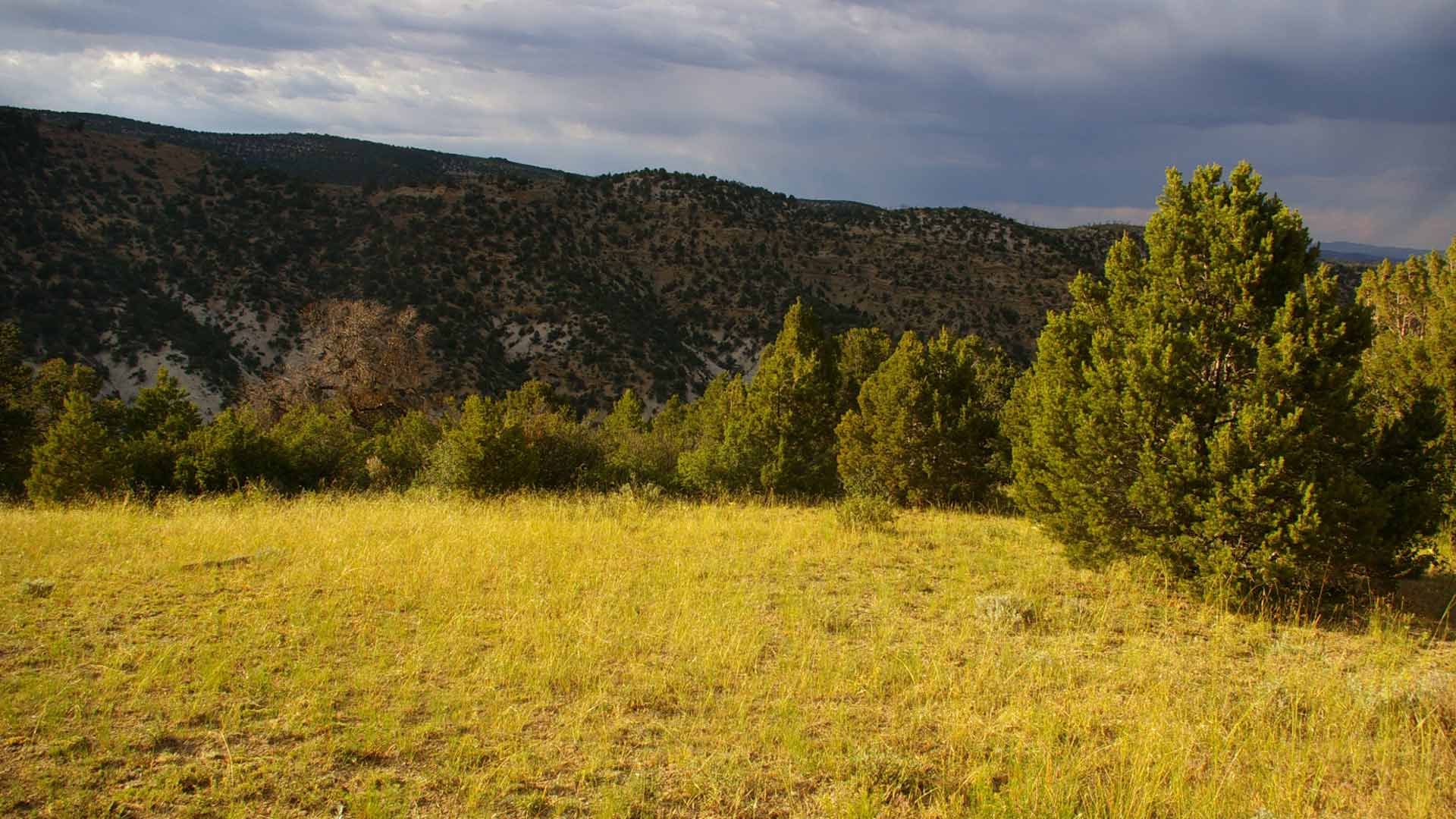
Plant Communities of the Semi-desert Shrubland Zone
Click on Photo for More Information
Plants of the Semi-desert Shrublands Zone
Plant photos are in alphabetical order by scientific name.
Click a photo to get started.
Then use the left-right arrow to scroll to the next image.
Click the arrow on the bottom left to see a slideshow.
Click the “i” to see information about the plant.
Click the bottom down arrow remove the thumbnail carousel.
Click on Photo for Large Image
Hold Phone Horizontally for Landscape Photos
Rare Plants
